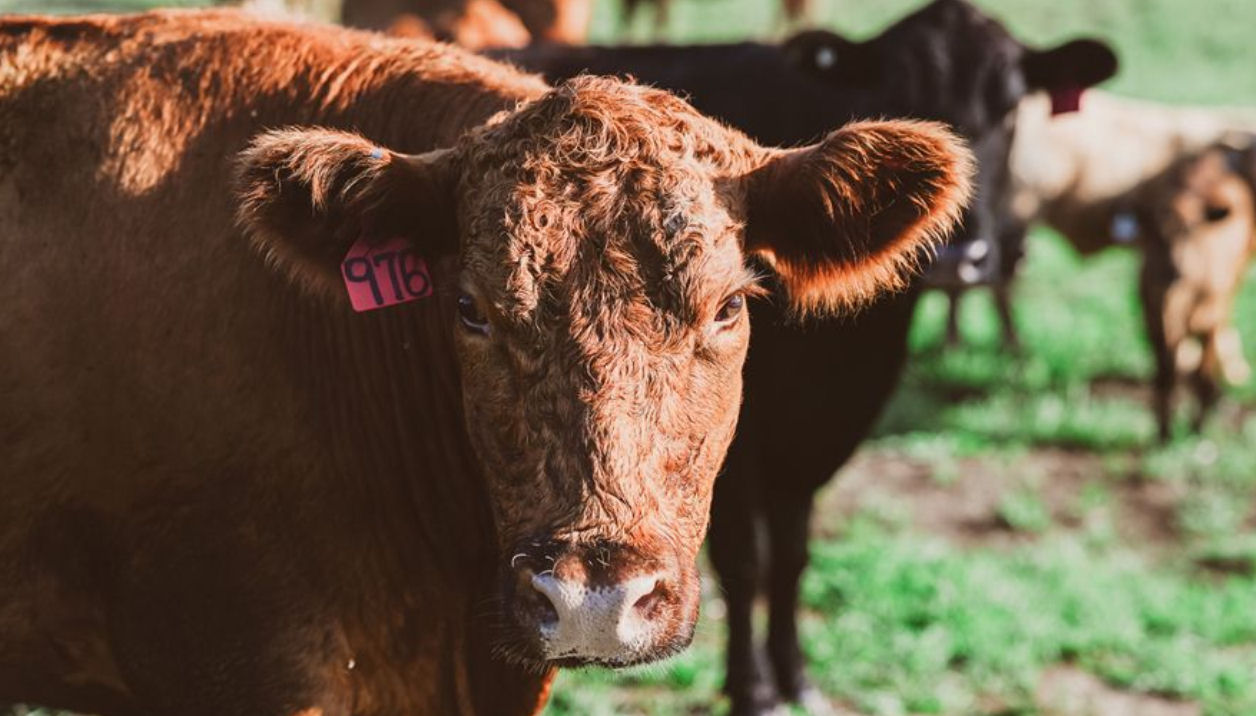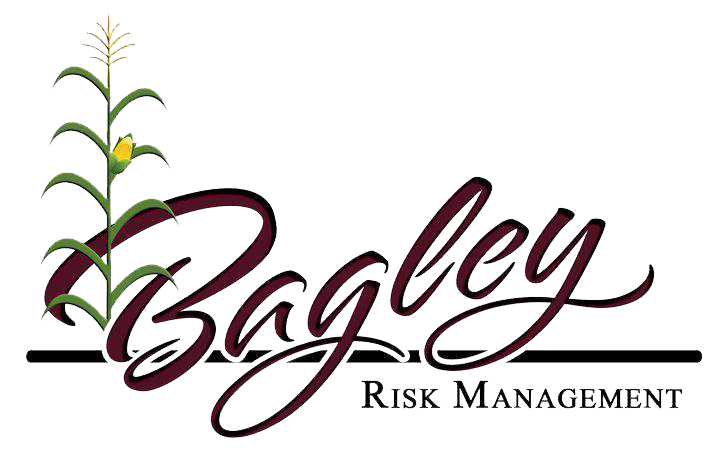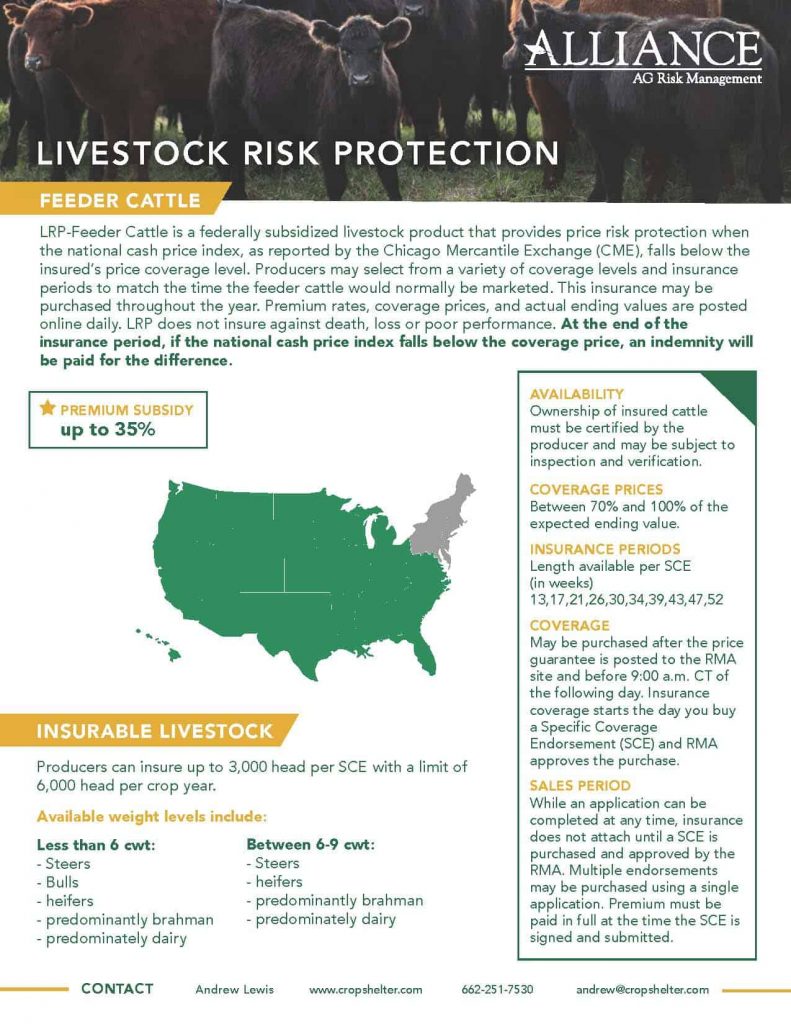Elevate Your Competence with Bagley Risk Management
Elevate Your Competence with Bagley Risk Management
Blog Article
Understanding Animals Threat Security (LRP) Insurance Coverage: A Comprehensive Overview
Browsing the world of livestock threat security (LRP) insurance coverage can be a complicated venture for lots of in the farming sector. This kind of insurance coverage provides a safety and security web versus market changes and unforeseen conditions that could affect animals manufacturers. By recognizing the complexities of LRP insurance coverage, producers can make enlightened decisions that may safeguard their operations from economic risks. From exactly how LRP insurance functions to the numerous protection options offered, there is much to discover in this detailed guide that might possibly form the method animals manufacturers approach threat management in their services.

Just How LRP Insurance Functions
Periodically, understanding the auto mechanics of Livestock Threat Security (LRP) insurance can be intricate, but breaking down how it functions can offer quality for breeders and farmers. LRP insurance is a threat monitoring tool created to safeguard animals manufacturers versus unexpected rate declines. The policy allows manufacturers to set a protection degree based upon their particular needs, picking the number of head, weight range, and protection rate. When the policy remains in location, if market value drop listed below the insurance coverage cost, producers can sue for the distinction. It is essential to note that LRP insurance policy is not a profits guarantee; instead, it concentrates solely on cost threat protection. The protection period commonly varies from 13 to 52 weeks, providing flexibility for manufacturers to select a period that straightens with their production cycle. By making use of LRP insurance, farmers and ranchers can mitigate the monetary dangers related to rising and fall market value, making certain higher stability in their procedures.
Eligibility and Protection Options

When it comes to coverage options, LRP insurance supplies manufacturers the flexibility to choose the protection degree, coverage period, and recommendations that finest fit their threat monitoring demands. By understanding the eligibility standards and coverage options offered, livestock producers can make enlightened choices to handle danger efficiently.
Advantages And Disadvantages of LRP Insurance Coverage
When reviewing Animals Threat Defense (LRP) insurance coverage, it is necessary for livestock manufacturers to consider the negative aspects and advantages fundamental in this danger administration tool.

Among the main advantages of LRP insurance is its capability to offer defense against a decrease in livestock rates. This can help secure producers from financial losses resulting from market changes. Furthermore, LRP insurance policy offers a level of flexibility, enabling manufacturers to customize protection degrees and policy durations to match their details demands. By securing a guaranteed cost for their animals, manufacturers can much better manage danger and strategy for the future.
One constraint of LRP insurance policy is that it does not protect against all types of risks, such as disease outbreaks or natural catastrophes. It is critical for manufacturers to very carefully assess their specific risk direct exposure and monetary scenario to figure out if LRP insurance is the appropriate danger management device for their operation.
Comprehending LRP Insurance Coverage Premiums

Tips for Maximizing LRP Perks
Making the most of the advantages of Animals Risk Security (LRP) insurance policy calls for strategic planning and positive risk management - Bagley Risk Management. To take advantage of your LRP coverage, consider the complying with ideas:
On A Regular Basis Assess Market Conditions: Remain notified about market trends and price changes in the livestock sector. By keeping track use this link of these aspects, you can make informed choices concerning when to acquire LRP insurance coverage to secure versus possible losses.
Establish Realistic Protection Levels: When choosing protection levels, consider your production costs, market value of livestock, and prospective dangers - Bagley Risk Management. Setting sensible protection levels makes sure that you are properly secured without paying too much for unneeded insurance policy
Expand Your Protection: Rather than counting entirely on LRP insurance, take into consideration expanding your danger management methods. Incorporating LRP with other risk monitoring tools such as futures contracts or choices can supply extensive protection versus market unpredictabilities.
Evaluation and Change Coverage Consistently: As market conditions alter, periodically assess your LRP insurance coverage to ensure it lines up with your current threat exposure. Adjusting insurance coverage levels and timing of acquisitions can aid optimize your threat security approach. By complying with these suggestions, you can maximize the advantages of LRP insurance policy and protect your animals operation against unforeseen risks.
Final Thought
In final thought, livestock danger protection (LRP) insurance policy is a beneficial tool for farmers to take care of the monetary threats connected with their animals procedures. By comprehending how LRP functions, eligibility and coverage choices, as well as the advantages my response and disadvantages of this insurance, farmers can make educated choices to secure their livelihoods. By thoroughly considering LRP premiums and executing methods to optimize advantages, farmers can reduce possible losses and ensure the sustainability of their procedures.
Animals manufacturers interested in obtaining Livestock Danger Defense (LRP) insurance can explore a variety of qualification standards and insurance coverage options tailored to their particular livestock operations.When it comes to protection options, LRP insurance coverage uses manufacturers the flexibility to choose the coverage level, coverage period, and endorsements that ideal match their threat monitoring demands.To realize the intricacies of Livestock Threat Defense (LRP) insurance policy completely, recognizing the aspects influencing LRP insurance coverage premiums is vital. LRP insurance coverage premiums are identified by different elements, consisting of the insurance coverage degree selected, the anticipated cost of animals at the end of the insurance coverage period, the kind of livestock being insured, and the size of the protection duration.Evaluation and Change Coverage Frequently: As market conditions transform, regularly evaluate your LRP coverage to ensure it click over here aligns with your existing threat direct exposure.
Report this page